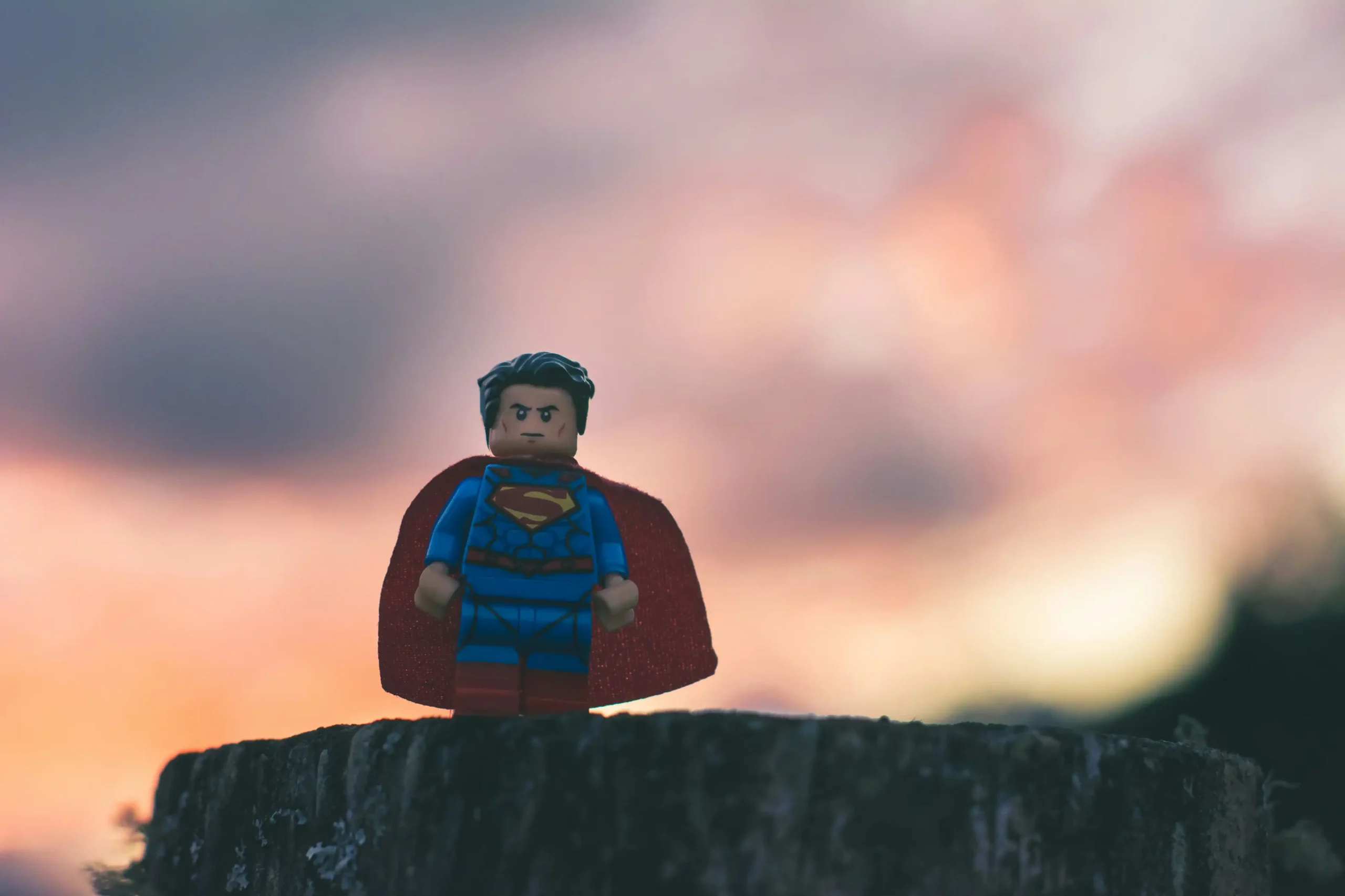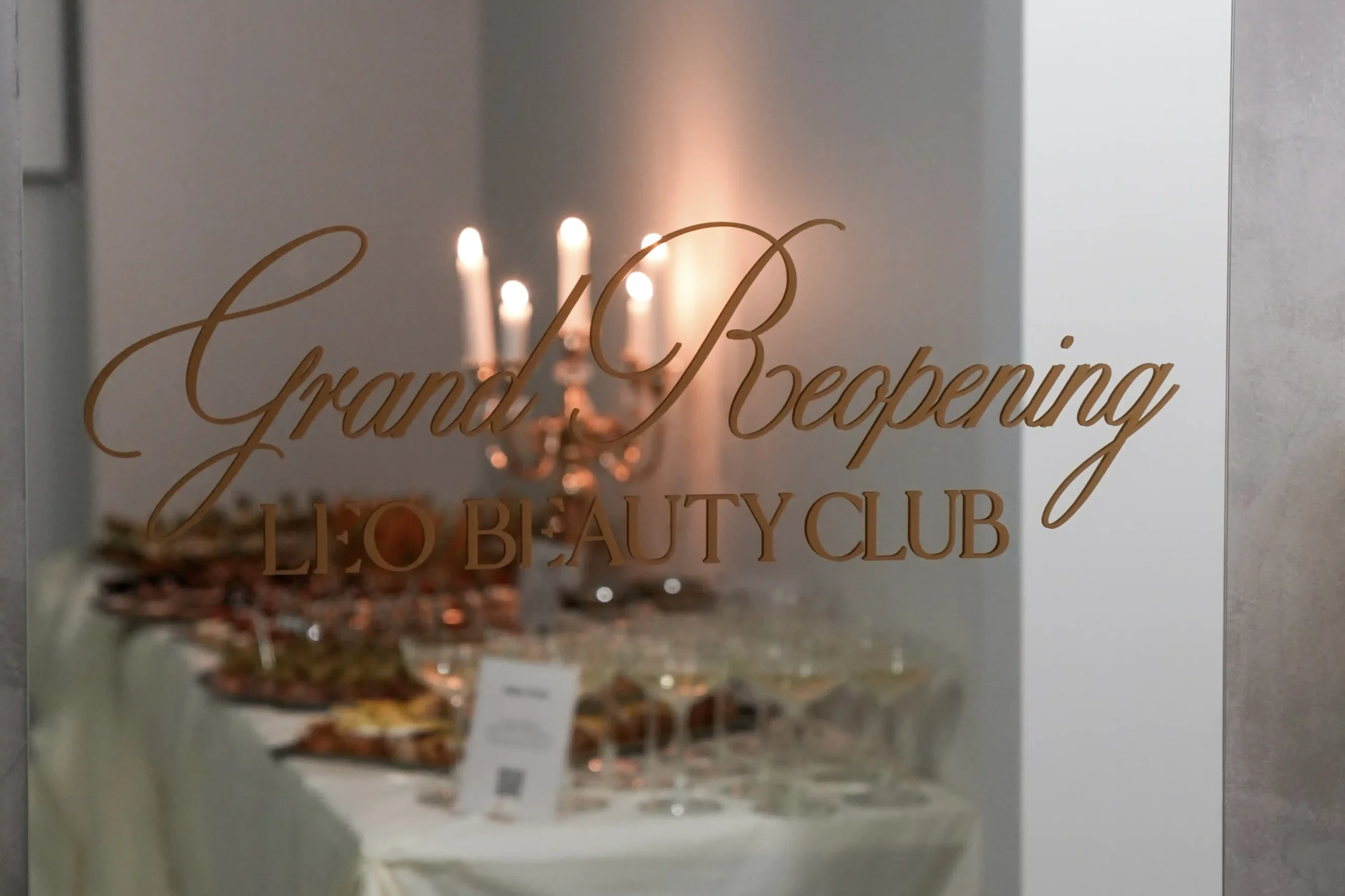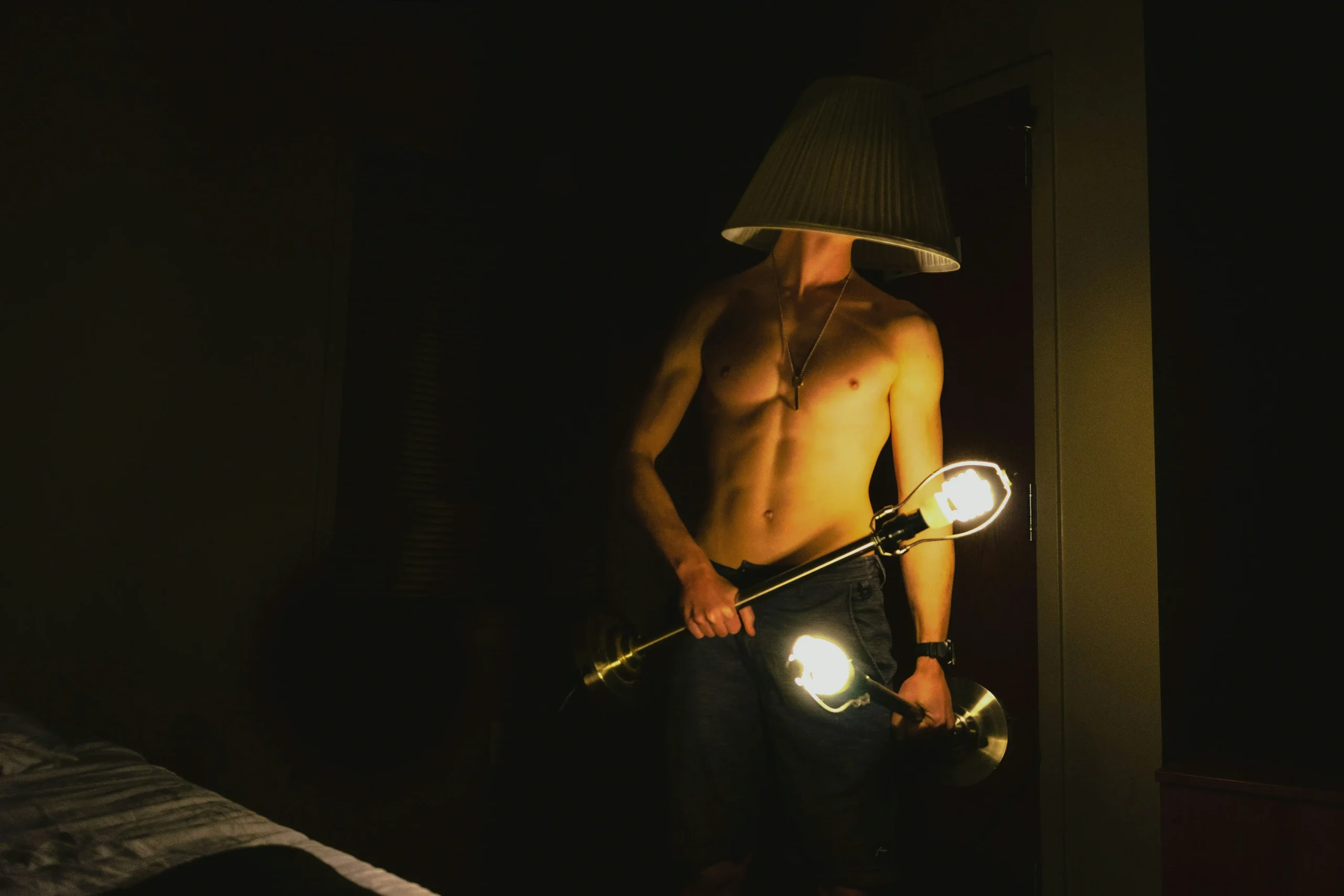Imagine that your graphic work not only looks “wow”, but realistically makes life easier for someone you pass on the street every day. This is exactly how Catherine Pado – a designer whose heart beats to the rhythm of paws dog assistants and the workshop applauds kids from Silesia. In an interview with Marta Dybinska, she tells how she turned her passion for inclusive design into a career drive (without working 10 hours a day) and why sometimes a smile from a person with a dog matters more than a bonus from a corpo-brief.
Who is this text for – and what do you get out of it?
- For women who want to find meaning in creative work
You will learn how to turn artistic passion into projects that realistically help others.
- For freelancers and future designers
You will see how to price and plan social orders, combining a heart for design with business calculation.
- For fans of healthy work-life balance
You’ll learn Catherine’s micro-rituals that make a 6-hour workday enough to create great things.
- For dog lovers (and empaths)
You will discover how assistance dog projects create awareness and make a real difference in the daily lives of people with disabilities.
- For beginners in the creative industry
You’ll get a list of tools and books to start with, plus practical tips: when to reach for Figma and when to reach for Photoshop.
Katarzyna Pado – a graduate of the Academy of Fine Arts in Katowice,designer specializing in inclusive design, based on empathy and understanding of users’ needs. Her designs have won recognition at international competitions, such as the iF Design Talent Award, C-IDEA Design Award and IIID Award, as well as national competitions, including Open Doors (PFRON) and Ticket for the Horizon. She is passionate about creating accessible solutions that serve everyone, including the socially excluded. In addition to designing, she is also developing a program of educational workshops about the work of assistance dogs. More about the workshops on the Facebook profile “Mokka and friends”. Marta Dybinska talks.
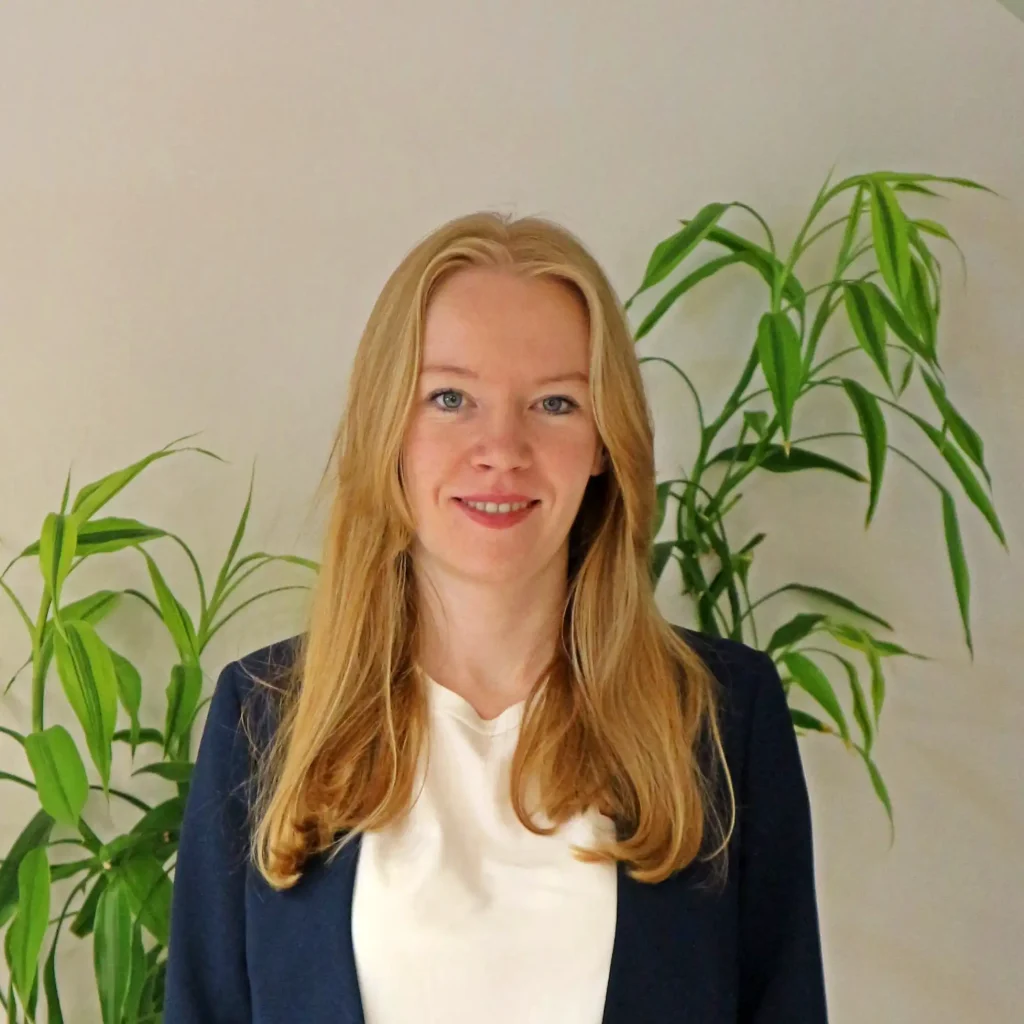
Kasia, are you a graphic designer or a multidisciplinary designer?
I am a designer. I work as a freelancer on a daily basis. I graduated from the Academy of Fine Arts (ASP), majoring in design and social design – with a focus on making sure the design has an impact on the community. Part of my work – for the moment – is a social design project I did on the topic of assistance dogs.
Why this particular topic?
That’s because people don’t always know how to behave in the presence of animals. The topic of assistance dogs came from a real need I heard when I was looking for a topic for my thesis. At that time I was looking for different places to cooperate – there was a hospital, among others. There I found out that people with assistance dogs come in and other people don’t know how to behave – there are crowded corridors, people wonder why the dog is there… I delved into the topic and the opportunity came for a project. During my work, I also established, among other things, cooperation with the “Labrador” Foundation.
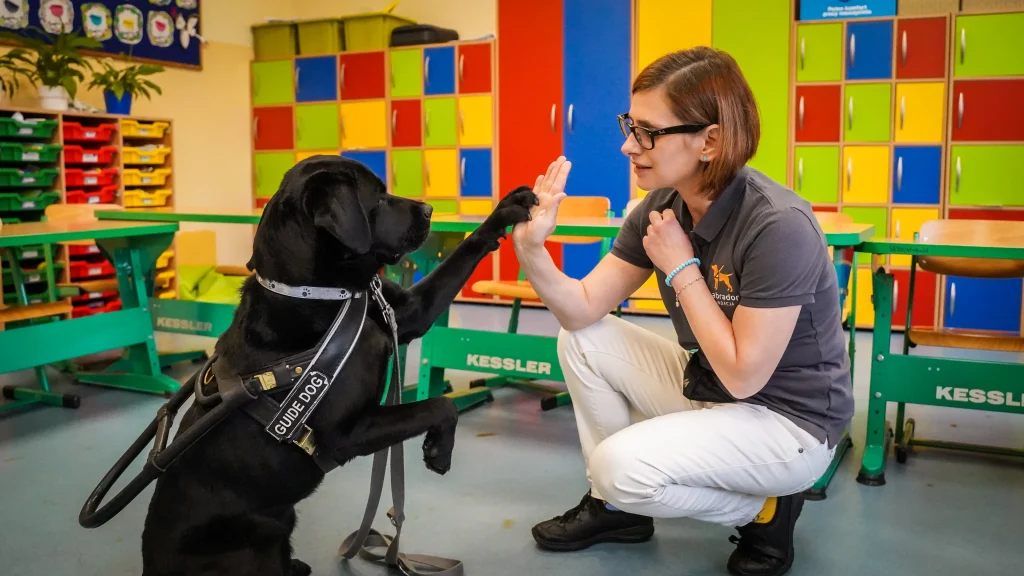
What tasks did you have on this project?
I analyzed the situation, prepared a graphic design, plus all its elements, but most importantly – the project had a social purpose – to raise awareness among the public. It was a very demanding project – I also had to independently develop the entire schedule and cost estimate for the work, find partners and people to work with. I remember signing a contract that was probably sixty pages long 🙂
When you talk about all this – until your eyes light up. Where does this amazing energy come from?
I like to work on behalf of people who are discriminated against in some way. I have an interdisciplinary personality, and on top of that I had artistic talent from an early age. For me, it’s natural to get involved in more social projects, because it gives me satisfaction.
This is me now in the role of devil’s advocate: don’t you waste your time on community projects?
More than earnings – my motivation is satisfaction and self-fulfillment, and social projects give me that.
Are you asking for someone’s opinion on what you’ve already created?
I often ask other people what they think about a particular project. With a project that is supposed to have a social impact – you need to talk and ask for other people’s opinions. Although social projects are usually considered less important, unfortunately. In addition to social projects, I also do other commissions – web design or graphics for the Internet.
What motivates you more today – a technology experiment or solving a human problem?
Assistance dogs – a little-known topic, yet a very important one – especially as we learn the perspective of that person needing the support of a dog. I felt that my design skills could contribute to such an important cause. The person I worked with on the project is now a very good colleague of mine. This is a great satisfaction for me. We both feel the need to act in this field. The perspective changes a bit, especially when you get to know a person who has an assistance dog. It is downright unacceptable for someone to interfere with her dog.
The project has also launched another project… You are conducting workshops. What is their purpose?
Many people who have assistance dogs – do not feel comfortable to say “no” when someone wants to pet him. Then such a person who does not agree – may be perceived badly by society, but this dog – despite the fact that it looks cute – has a different task. Especially when it is marked. The dog is at work.
Our workshops – depending on whether they are aimed at children, adolescents or adults – are usually conducted in Katowice and other cities in Silesia. It is important for us not to lecture – we focus on making the groups smaller – at school we meet with each class separately. During the workshop we present an educational video, talk about how the dog’s work looks like, how to behave. We try to involve the participants as much as possible. In addition, a dog is with us during the workshop. This is an event.
Conducting workshops is valuable to me. However, most designers have to spend time in the office, so workshops where I can be with people – are a special break for me from what I do on a daily basis.
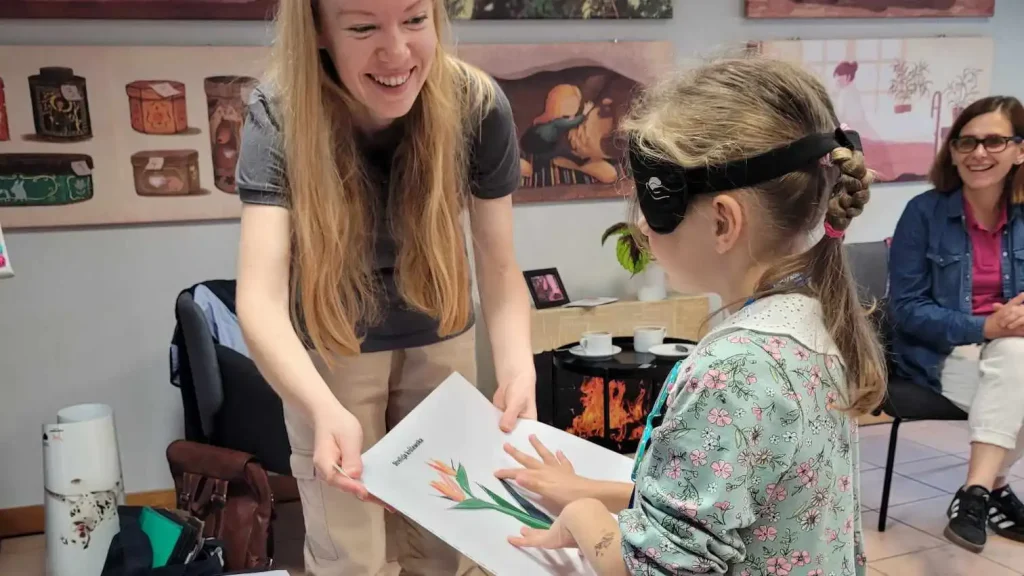
Artificial intelligence – generative tools are already entering Photoshop. Where do you draw the line between help and plagiarism?
I use images that the artificial intelligence has generated. In fact, these images prevail on the Internet, but they also look very nice, they are aesthetically pleasing. I think it’s good to use what’s there, but I don’t design entire graphics based on artificial intelligence. I only use AI-generated images, for example, but I further process them myself.
How was the combustion element of the #WeBringWomen series born?
It’s been a long time since I’ve had the opportunity to have a project as creative and open-ended as #LinkWomen. The task was to create archetypes of women in the collage technique, which is interesting in itself. It was an extremely creative, light-hearted project for me – due to the fact that the collage technique itself is an open form. After the website projects, working on the project was a time for creative expression.
For each category of the archetype of women I wrote down associations, then created an image that would catch the eye on the one hand, and on the other – carry the content of the category. The collage gives you the opportunity to create something that – maybe doesn’t really fit together, but because of the fact that it is a collage – will give a cool effect. I’m very happy with the end result.
Adobe vs. Figma vs. 3D – which is the command center for collages?
Figma gives you the ability to work intuitively and quickly, to create successive versions easily, to make corrections efficiently, while Adobe Photoshop is more useful for editing photos. For collages – depending on the specific need, I used these two tools using their capabilities depending on the specific need.
What one detail in the campaign’s lead graphic would you most like to suggest to the reader to discover?
I think it is worth checking the meaning of the element in the center of the graphic. I was looking for such a symbol that could best express the theme of the campaign, I hope I succeeded 🙂
What micro – rituals save you from creative burnout?
It is important for me not to get overtired. I take care not to work eight – ten hours a day. Six hours of work a day keeps me fresh and energized. What gives me energy is the balance between work and rest. Without this – things can run out of steam quite quickly, and work can become an unpleasant chore or an addiction.
What would you advise young people who are considering whether to go into design?
If one feels an inner drive – by all means, but if one wants to be driven by earnings – then one will go in a slightly different direction – for example, working for a corporation, which will not necessarily give inner satisfaction. I think that if someone has the need to create and it is something that absorbs him – as much as possible, it is worth a try. Certainly it is – in a sense – quite a sacrifice, because, however, design studies require much more commitment than other studies.
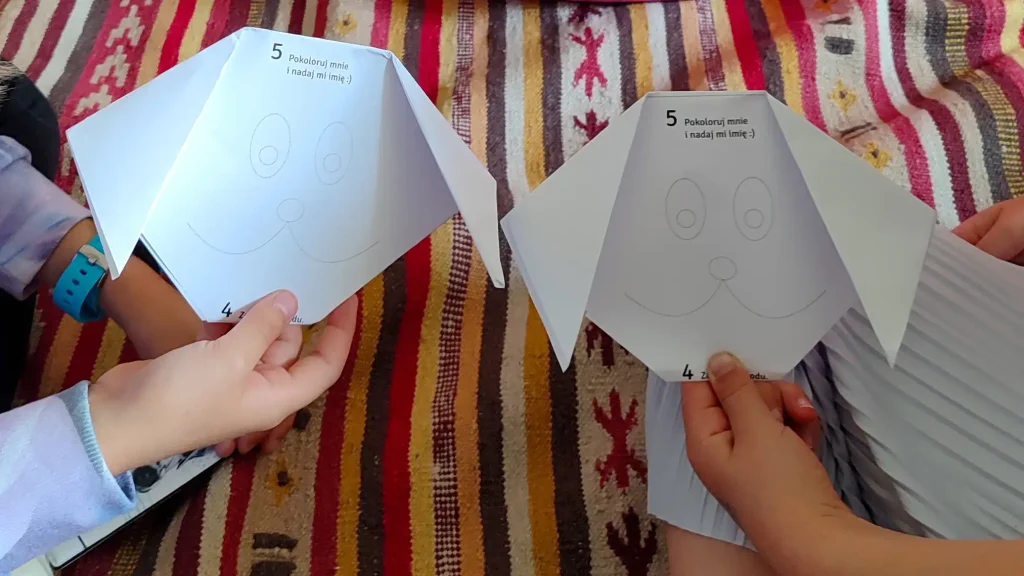
What three books or newsletters would you recommend for beginning designers?
First – design tools created by ideo.org https://www.designkit.org/index.html and all other materials, books, newsletters created by IDEO – a global design consulting company known for its “design thinking” methodology. These are the materials I reached for at the beginning of my education, and I still use them today. The company conducts extremely inspiring projects, and the most noteworthy is the design process.
Another item I can recommend is “Book Typography. A Designer’s Handbook” Michael Mitchell and Susan Wightman. The principles of typography design in publications are described in great detail and in a simple way – they can be helpful not only in the field of book design.
With the help of the book “Designing Icons and Pictograms” by Elena González-Miranda and Tania Quindós, I created a set of pictograms for my thesis – at the time it proved invaluable to me 🙂
Do you remember your first project?
My first project after college was the social innovation “Profession: assistance dog”, while in college – the first satisfying project that I still have in my portfolio is the design of the end of the garden hose. Still many people are attracted by this project. The tip was ergonomically designed, and its shape looks very innovative.
How do you like to relax?
In the summer we usually go away for a month with my husband, but this year – due to the fact that we have been on trips before – we are going to the mountains for two weeks. I am very much looking forward to this trip. We will be living on a farm. When we are in the mountains – we hike in the mountains, swim in the lake, learn about local life. In general, it’s a time of tranquility, despite a lot of activity.
From the editors of gentlewoman.eu:
Catherine Pado’s story shows that empathy is the most valuable tool in a designer’s pencil case today. Her path – from an academic idea to a workshop with an assistant dog – proves that it is possible to work “for the people” without giving up ambition or financial stability. If you feel that your creativity wants to go beyond pretty mock-ups, treat this interview as a compass. Think about who you REAListically can make life easier with your talent and… act. And when you run out of energy – remind yourself that a social project can also be a source of rewarding income, as long as you dare to value your worth. We keep our fingers crossed for your inclusive (and feminine) projects! You can meet Catherine’s work at GentleWoman PARTNERS, as she is the author of these sensational graphics and works.
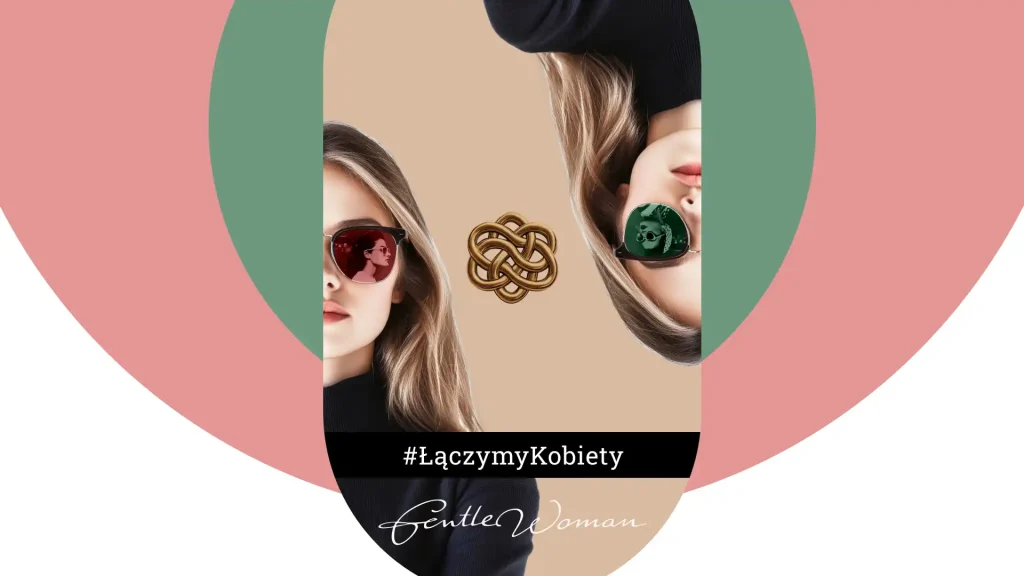
Read more about design activities on the website and portfolio:
Website: https://www.communicationplusdesign.com/pl/design-1
Portfolio: https://www.behance.net/katarzynapado

